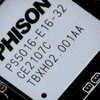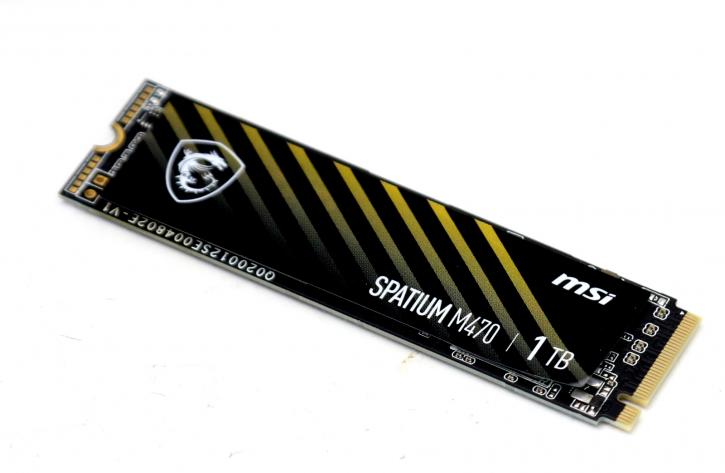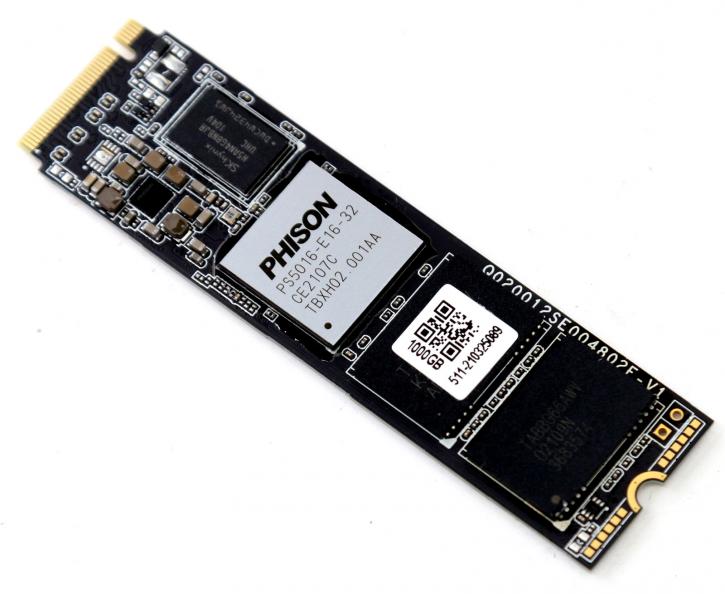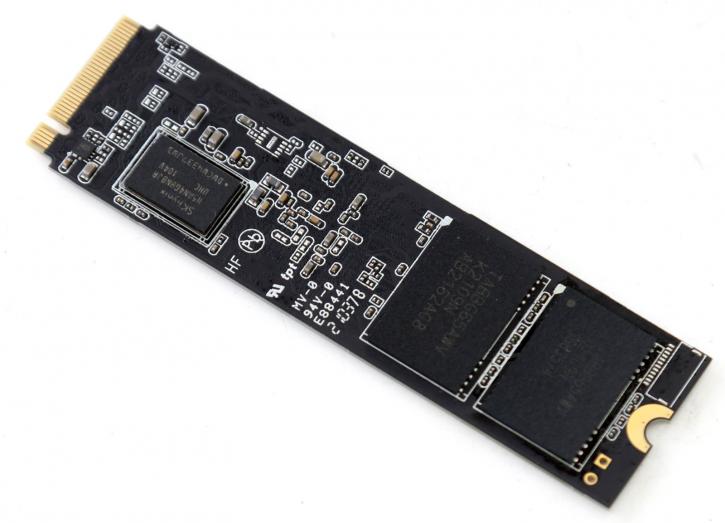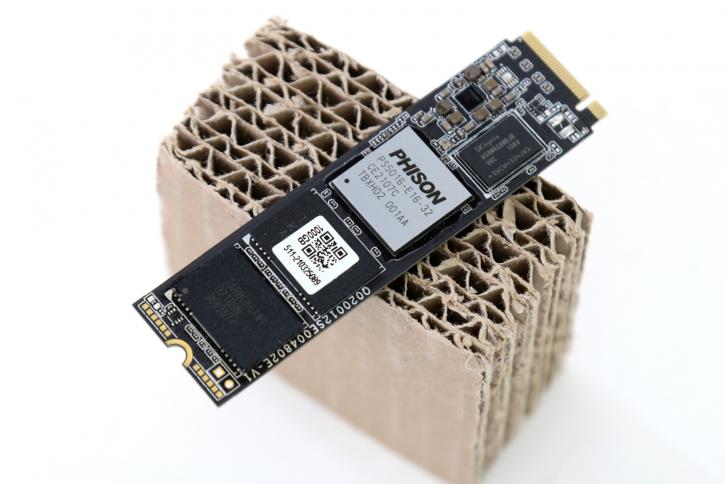Product Showcase
Product Showcase
The tested unit then; you should easily be able to place the M.2 unit into a compatible NVMe protocol motherboard. Most motherboard chipsets support it. You should, however, check out with the motherboard manufacturer if you have an x4 lane PCIe Gen 3.0 version with NVMe protocol support. Of course, these SSDs are backward compatible thus PCIe Gen 2.0 will work as well, however, the interconnect is halved in bandwidth per generation and that has an extensive effect on performance. The latest Windows 10 iteration has an up-to-date NVMe 1.3 or 1.4 protocol driver natively, so you do not necessarily need to install a 3rd party driver.
In terms of form factor, the drive has an M.2 2280 connector, which measures 22 mm wide and 80 mm long. Instead of connecting to the host system via the PCI-Express 3.0 x4 interface, the MSI Spatium M470 connects to the host system using the PCI-Express 4.0 x4 interface, which twice the theoretical bandwidth of the SSD. The controller, four flash memory chips, and two DRAM chips are all found on the printed circuit board.
Phison's PS5016-E16 controller was one of the first to have support for PCI-Express 4.0, making it a pioneer in the field and ever since release, they've been going strong with it.
SSD Flash Chips are small, high-capacity memory chips that store data on a solid-state drive. Toshiba manufactures the four TLC NAND flash memory chips, which are constructed with 96 layers.
Two Hynix DDR4-2400 chips offer 1 GB of high-speed DRAM storage for the controller, which is used to store the mapping tables.
